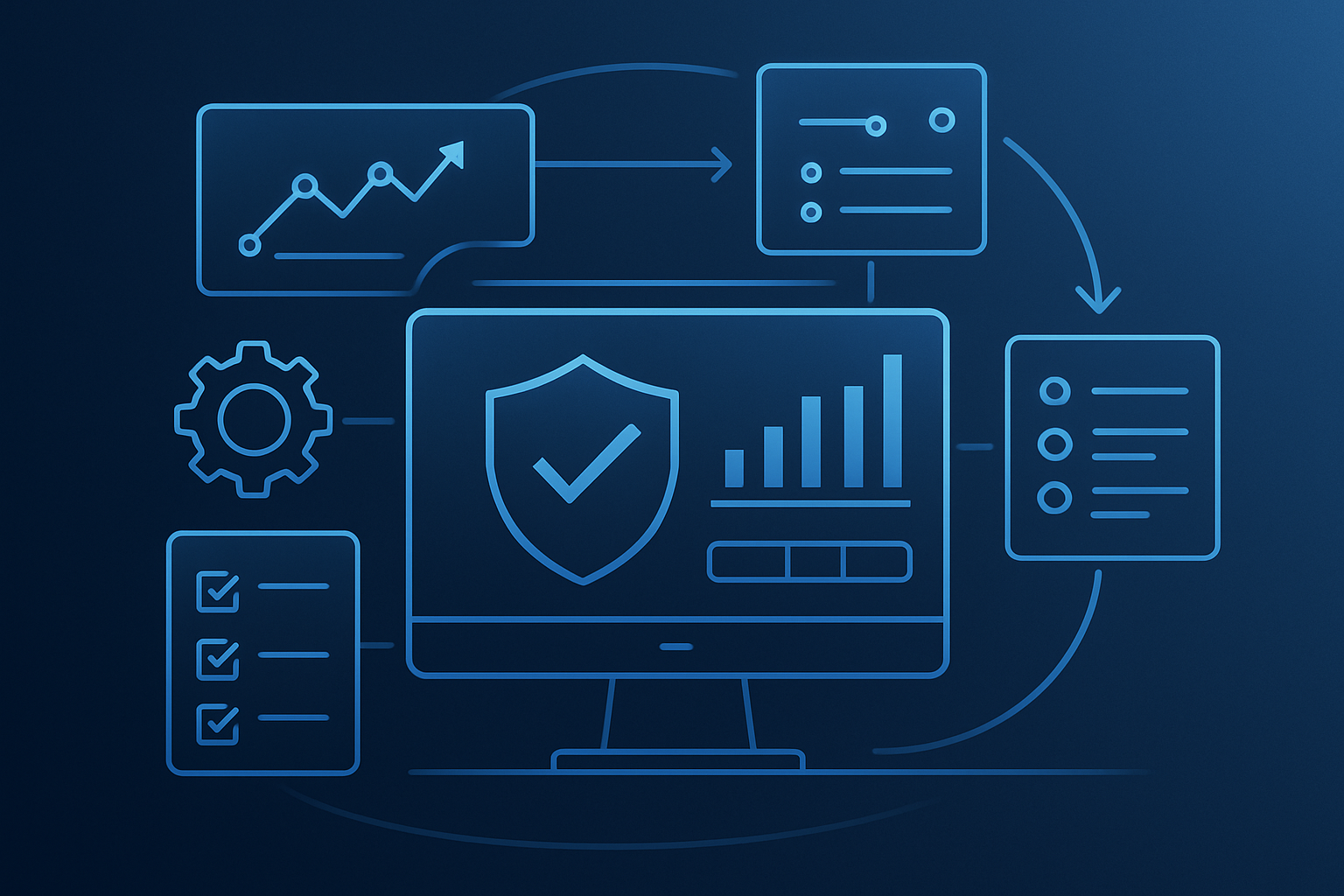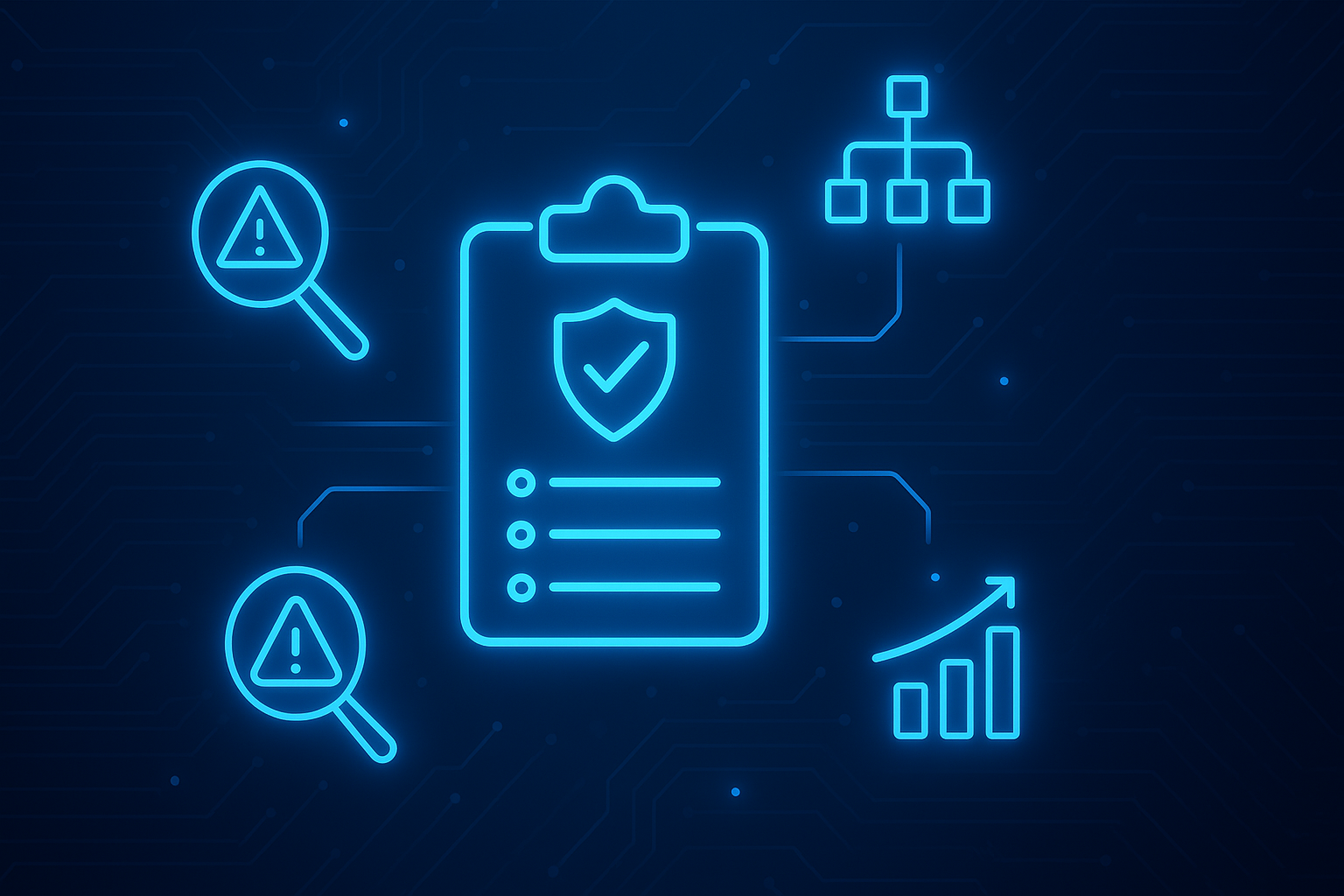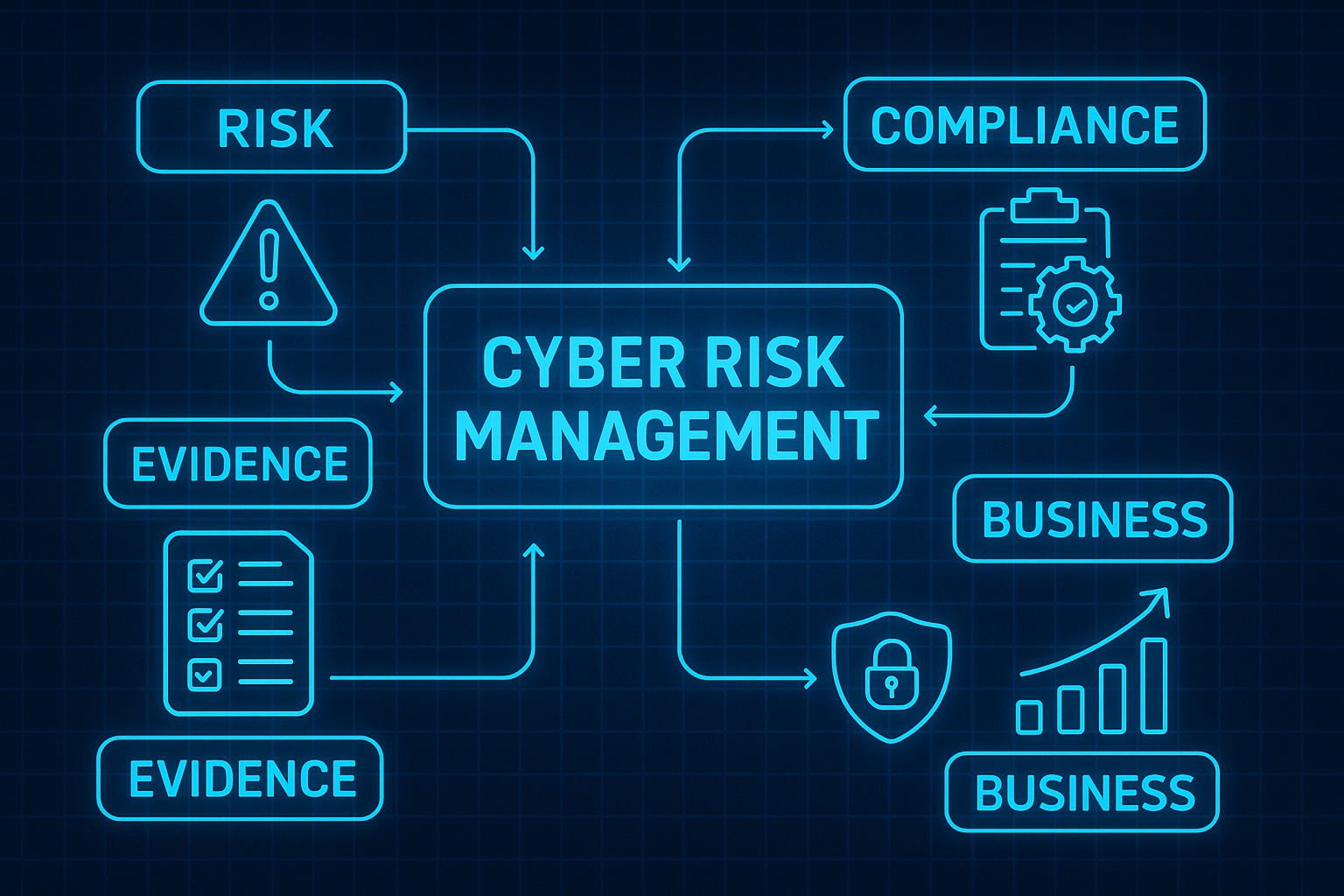During the pandemic, online businesses flourished as people turned to e-commerce stores to shop from the comfort and safety of their homes. This unprecedented expansion of e-commerce invited new cyber threats to take place.
Cyber threats inundate CISOs and IT security specialists more than ever before. These include DDoS attacks, malware, ransomware, zero-day exploits, and more. According to SonicWall’s 2022 Cyber Threat Report, there were approximately 78.4 million ransomware attacks in 2021 alone. How can leaders decide which risks are more pertinent than others?
Evaluating Cyber Risk Analytics
Cyber risk quantification involves measuring risk loss exposure in financial terms. This process can help determine which risks require your attention first and how to allocate resources for maximum impact on your cybersecurity.
Moreover, quantification will help you formulate responses to threats and take action with clarity and accuracy.
Cyber Risk Quantification – Challenges, Values & Visibility
Often, organizations new to cybersecurity do not entirely understand the possible cyber risks. They lack knowledge of industry framework requirements, do not have a cyber risk assessment process in place, and struggle to understand the CISO’s role.
Another limitation is that the final quantified figure depends on the accuracy of historical information, intuition, and the opinions they are based on. So, no matter how much effort you put into quantifying cyber risk, you can never be 100% sure of the results.
Cyber risk quantification analysis allows you to account for unforeseen events and unexpected costs. Several surprise occurrences may result in a projected failure. Therefore, you can put a figure at risk to a certain extent, but the quantification cannot guarantee complete confidence in the results.
All these challenges make it difficult to quantify risk and its potential impact on business accurately.
Leaders can communicate cyber and risk information to boards and team members when they clearly understand the risk and financial assets at stake. Maintaining transparency allows employees to be prepared for cyber attacks and respond accordingly. This clarity also improves communication between you and stakeholders as they get first-hand information on your cyber risk management plan.
Additionally, the data obtained from risk quantification helps the organization in the following ways:
- Enhances efficiency by streamlining decisions.
- Allows the organization to save money and time on unnecessary protocols and redundant processes, letting professionals focus more on the gaps where the risk is high.
- Enables creating action plans for cyber crises and improved security structure.
How to Measure Cyber Risk
Methods to obtain data and improve decision-making and risk management can be categorized into black-box methods and "glass-box" solutions.
A "glass-box" solution is a robust method that allows organizations to gather business and customer data backed by clear and transparent reporting. With clear and easily explained methodologies and frameworks, CISOs and security leaders can facilitate the conversation around cybersecurity, furthering executive buy-in and aligning business and security.
Popular "glass-box" quantification methods are FAIR, Monte Carlo Simulation, and framework-based solutions, like CyberStrong, built on the NIST Risk Management Framework.
In contrast, the black-box quantification methods are based on input and output data provided by an external source. The system does not reveal any of its internal workings or data. Popular black-box approaches include statistical estimates, expected monetary value, and decision trees.
Lack of clarity can severely hamper a CISO’s presentation to the board. By relying on black-box solutions, CISOs cannot justify how they reached the metrics if other leaders and board members want to drill down on them, thus limiting the conversation and clarity around cyber.
How To Select The Right CRQ Method
The initial step is to let the organization mature and assess its risk appetite and cybersecurity needs as it scales. Next, it's time to put the resulting data into an appropriate quantification model to get the required information.
However, selecting the proper method can be a long and dreary process. Quite a few factors can sway the decision. These factors include:
- Resources and competencies vital for a particular method
- The acceptable degree of uncertainty
- The difficulty of the risks at hand
- Accessibility of past data
Businesses must create cybersecurity risk awareness and management plans according to these factors. Implementing these "glass-box" solutions depends on your organization's maturity, budget, and size.
Regardless of the industry, every organization can implement one or more cyber risk quantification models.
FAIR Cyber Risk Quantification
FAIR stands for Factor Analysis of Information Risk. It is a methodology developed to evaluate risk and help organizations understand possible risks in financial terms. FAIR is the only international-standard quantitative model for information security and operational risk. This methodology breaks down risk data into two quantifiable categories: loss event frequency and loss magnitude.
FAIR risk quantification is not a substitute but rather a complementary methodology that can coexist with other frameworks like NIST and ISO. This methodology best suits mature organizations with a cyber risk management strategy. Think of the "defined' or "risk-informed" stage of the NIST Cybersecurity Framework.
The FAIR methodology is unique in breaking down different risk aspects and monetizing the elements. FAIR enables security teams to break down the factors, address relationships between risk factors to attain a broader insight, and pinpoint where the gaps may be. A clear advantage of FAIR is that it successfully defines risk in a business context and the financial impact.
FAIR is an excellent tool for CISOs looking to improve executive buy-in by crafting a narrative rooted in transparent insights, risk visibility, and calculated return on security investment (RoSI).
This method enhances the existing framework of organizations and helps organizations determine the risk types and the possible financial damages. The CISO and cyber security team can make effective decisions using the FAIR assessment's insights.
Monte Carlo Simulation
Monte Carlo Simulation is a mathematical technique that uses probability distribution for risk analysis. The analysis then uses random values from a probability distribution and puts them through different equations for different results. The number of tests depends on the uncertainty. The more uncertain any factor is, the greater the number of tests.
Monte Carlo Analysis helps significantly in calculating risk. Professionals can use the Monte Carlo Method to calculate risk for various events and investments in the risk and finance sector.
Controls-Focused Risk Assessments
There are several risk assessment frameworks available, and organizations can choose one or many to implement. NIST RMF, NIST 800-30, ISO 31000, ISO 27001, and others are well-known frameworks.
However, many organizations fail to implement the frameworks correctly or lack the resources to do so. The following are the everyday challenges of implementing the above frameworks:
- Many organizations fail to identify the risk metrics; as a result, their framework implementation fails, and they cannot get certified. Every organization has a unique risk level and potential financial loss.
- Organizations must understand the existing risks and the possible damages from the consequences of a breach or cyber-attack. Many organizations fail to realize that various facets of the organization are at stake.
- Another common issue is the company's lack of risk awareness. The IT/cyber security team, non-technical members, and executive leaders should also be mindful of the risks, framework implementation process, risk assessments, and threat response/remediation plans.
- Security leaders struggle to address continuously evolving threats and the gaps in the existing frameworks.
Threat Analysis
Data stored on devices is exceedingly vulnerable to cyber attacks. If organizations are unaware of the potential cyber threats, they cannot take adequate measures to stop the attack, leading to significant losses.
With the help of threat analysis, organizations can gain valuable insights into the different types of threats. Use threat analysis to attain data on
- Internal threats
- Accidental threats
- External threats
- Intentional threats
With the available information, organizations can take precautions and move forward to secure their data.
Following are the challenges that organizations face when doing threat analysis:
- Often, organizations cannot identify the right metrics, making it challenging to select a suitable threat analysis model.
- Organizations might fail to identify all the devices, portals, and cloud storage access points, thus creating gaps and blind spots.
- Another considerable challenge for organizations is identifying potential risks and taking preventive measures. If businesses do not know the appropriate risk, they will waste time and resources on the wrong metrics and still be vulnerable.
Getting ready to evaluate CRQ vendors? Download our research brief on what to look for in cyber risk quantification software.
How will you Quantify Cyber Risk?
Cyber risk quantification strengthens cyber risk management strategies by enabling leaders to make informed decisions with a clear understanding of risk and the associated impacts on the business. Organizations must have a transparent cyber risk quantification method that should be sound and clear to the board, stakeholders, and team members. The CyberStrong platform enables organizations to have a robust and scalable risk management approach.
Jumpstart your cyber risk quantification strategy with a Free Cyber Risk Analysis from CyberSaint. Discover your top 5 industry risks and associated NIST controls.
CyberStrong users have access to almost every industry-recognized framework, like, NIST, CMMC, and ISO 27001, and can quantify risk using the FAIR methodology and NIST SP 800-30. Contact us to learn more about our cyber risk quantification abilities.





.png)
.png)
.png)
%201.png)
.png)




